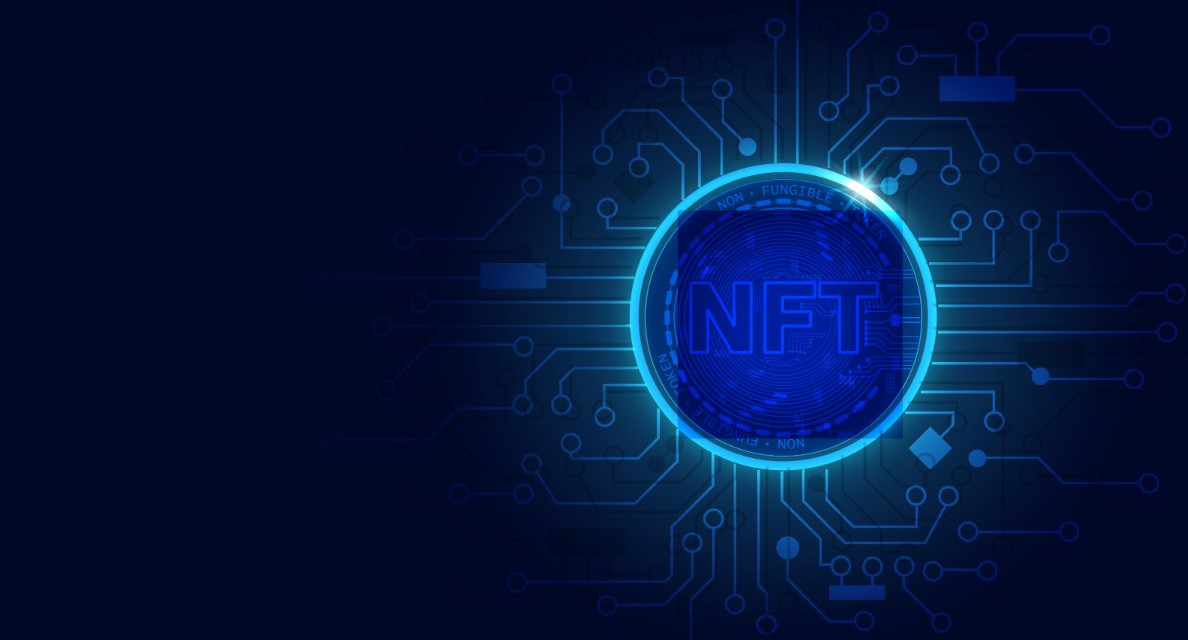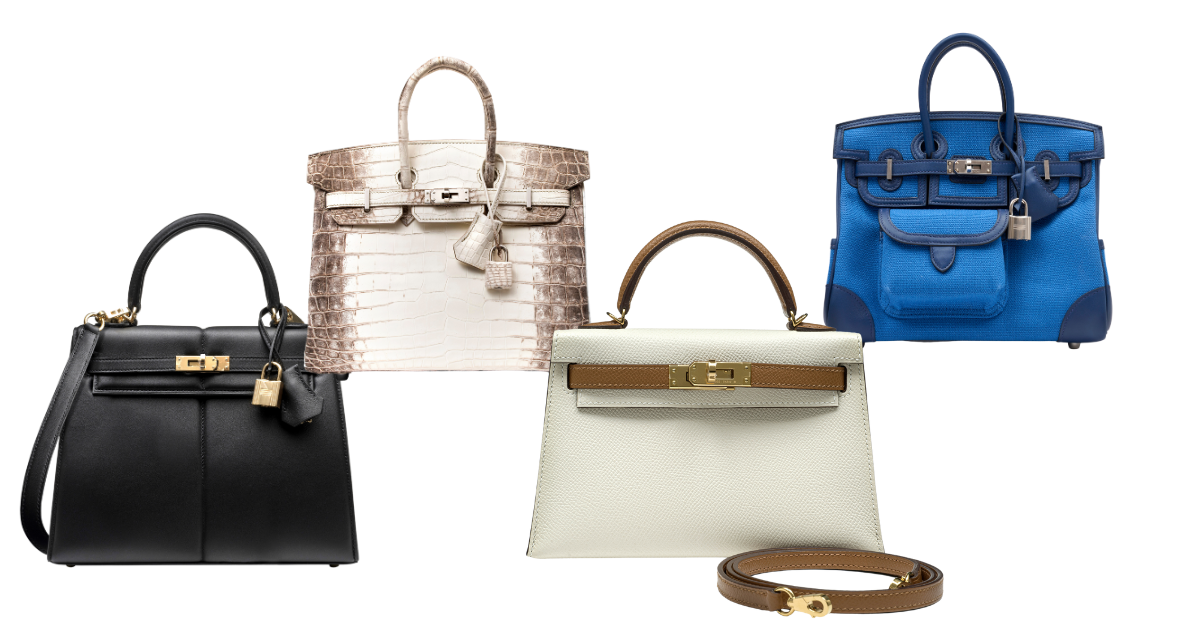What really is an NFT and how are digitised artworks changing the art market?
Words: Will Moffitt
“It feels good, better than I expected,” said Damien Hirst when asked about setting his artworks ablaze. Ever the arch provocateur and self-publicist, stories of Hirst’s full blown pyromania dominated the Frieze week coverage. Britain’s most divisive artist was at it again, but what was it all about? As it turns out Hirst had launched his first collection of digital artworks (otherwise known as NFTs) last year, and instructed his clients to choose between a digital version or a physical copy. The votes were in and here he was, clad in a shiny metallic boiler suit, decimating physical copies of his works collectively worth £10 million.
Whether this was a smart publicity move or a egotistical power trip is for another day. What is remarkable about Hirst’s latest stunt is what it says about NFTs – or NFT artworks. Ever since 2014 when images of colourful monkey heads began to proliferate through chatrooms and social media platforms NFTs have excited a new generation of art collectors and tech savvy entrepreneurs seeking to take advantage of ‘crypto crazes’ and digital auctions. They have redefined how art is made, sold and consumed, and shaken up the centuries old commercial art model. This has not stopped many from misrepresenting them.
In particular, it’s important to keep in mind that an NFT (non-fungible token) is merely the mechanism by which a digital artwork is certified and authenticated through blockchain technology, meaning it can be purchased using cryptocurrencies. As Joe Kennedy, co-founder and director at gallery Unit London, tells me: “The NFT is the tool [that facilitates the artwork]. It's equivalent to saying ‘canvas art’. An NFT isn’t art per se, it could be a land registry or a certificate for buying a car.”
NFT-powered works are still latent in mainstream terms: making up 16 per cent of the Global Art Market by value in 2021 according to a report published by Nonfungible.com, but major galleries including Christie’s and Sotheby’s are championing them.
At the time of writing the most expensive NFT art sale is Beeple’s Everydays: The First 5000 Days, a collage of 5000 digital images created by the artist whose real name is Mike Winkelmann. It was the first NFT Christie’s ever auctioned and it sold for $69.3 million.
Back in February 2021 the sale stole the headlines and helped catapult NFT artworks into an internet-driven hype train. It also grabbed the attention of elite art institutions that had dismissed the NFT trend as a ‘fad’ or simply ignored it. Since then a curious appetite for digital art has been brewing, as Damien Hirst recently discovered. From his pool of 10,000 buyers 5,149 opted for the original artworks while 4,851 threw them in the fire and chose the NFTs.
Given its fertile cultural and artistic scene it's only natural that Mayfair also has joined the NFT art party. Established in June, the NFT Gallery on Dover Street is a landmark space for collectors, creators and the great uninitiated (people like me) to learn about this phenomenon.
The gallery partners with internationally renowned artists to facilitate exhibitions of NFT works and bridge the gap between the physical and digital realm. A case in point – its William John Kennedy exhibition which explores the fine art photographer’s relationship with Robert Indiana and Andy Warhol through physical and digital works. It draws on his photographs which capture the artists and their soon-to-be iconic works at a seminal point of their careers and the birth of the Pop Art movement.

“We wanted to showcase NFT curated art and [build a] bridge between the traditional or more established art world, to work at the intersection of art and technology in the industry,” COO and co-founder Lilien Hornung-Mary tells me.
The NFT gallery will open another venue in New York next year and is continuing its mission to educate people on the virtues and complexities of digital art. In November it will launch an educational hub in collaboration with Nomu Labs, a software development company that aims to “help people reap the benefits that NFTs can offer”.
According to a recent report by Murray Edwards College in Cambridge, only seven per cent of artworks in the UK’s major public galleries are by women. It’s a statistic that Lilien and her colleagues hope to rectify by putting female NFT artists in the spotlight.
“The art world is quite male dominated and that’s why we opened the gallery, to create a more equal space,” Lilien says. “We represent a lot of female artists and engage with lots of women in this space. We don’t want women to be left behind in this eminent creative scene that is opening up.”
Promoting greater equality and openness in the art world is one of NFT art’s great selling points. Due to the transactional structure by which works are bought and sold, NFTs are transparent by their very nature. Each transaction has a unique key and is recorded and validated on the blockchain – the equivalent of a giant ledger operating in real time – enabling anyone to see purchase histories and key information around transactions. Meanwhile, technologies such as smart contracts mean that NFT artists can earn royalties when their work is resold.
“It creates a much healthier ecosystem,” Kennedy says. “The artist or the original creator of the work is paid in perpetuity, rather than essentially what a lot of the art market has done for decades, which is making a bunch of money off the back of artists by connecting Person A to person B because of family connection or affiliation.”
Since it was founded in September 2013 in Hanover Square, Unit London has established itself as a nimble tech savvy institution that champions contemporary artists with bold ideas. It seeks to “identify, cultivate and expose works of art on a meritocratic basis” and “be an open and transparent institution at the forefront of an expanding and diversifying art industry”.

In July 2021 the gallery launched Institut, an NFT trading platform – formed in collaboration with the cryptocurrency trading platform BTSE – that seeks to connect the ‘traditional art world’ with more nascent ‘emerging digital communities'.
In February this year, Unit also became the first British art institution to display and sell classic Italian paintings by Da Vinci, Caravaggio, Raphael and others in NFT form.
“We’re really focusing on identifying artists who have been using digital media to create with relative success amongst small subgroups, or sub communities that [haven’t been] adopted by any kind of a mainstream market,” Kennedy explains.
He cites generative art – works made solely or in part by autonomous non-human systems such as computers – as a “really good example” of a digitalised medium that has been neglected in mainstream circles but is now finding an audience via NFTs.
“That has been happening since the 50s, with analogue machines, digital machines and computer art. Now people are using Blockchain to create generative artworks.It really feels like generative art has been reinvigorated,” Kennedy says. “These communities are rising to the forefront of the contemporary art market, which is super exciting and super interesting.”
Alongside its creative merits and proclivity to embolden under-supported artists, digitalised art does have several key downsides from an investment point of view. Because it is intrinsically linked to cryptocurrencies – thus volatile markets that are enigmatic and hard to predict – investing in digital works can be risky. A case in point: this summer when the NFT bubble burst as cryptocurrencies underperformed. In August the value of many cryptocurrencies had fallen by roughly half the amount recorded in November 2021.
“The crypto bubble crash was an important [moment] because a lot of people jumped out of the space and withdrew their money,” Lilien says. “I think that has had an impact. Now it’s more about having an emotional connection to pieces and the technology and it’s about actual creation.”
While ‘Cryptos bros’ are still spouting off about NFTs in purely financial terms, happy to put commerce over creativity and auction off less sophisticated work – think endless reproductions of brightly painted monkeys – the landscape of digital art is becoming more diverse and interesting.
As Kennedy puts it: “the technology is enabling talented digital artists who've been making really serious, important conceptual and culturally relevant work, who deserve a platform just as much as painters and sculptors.”








